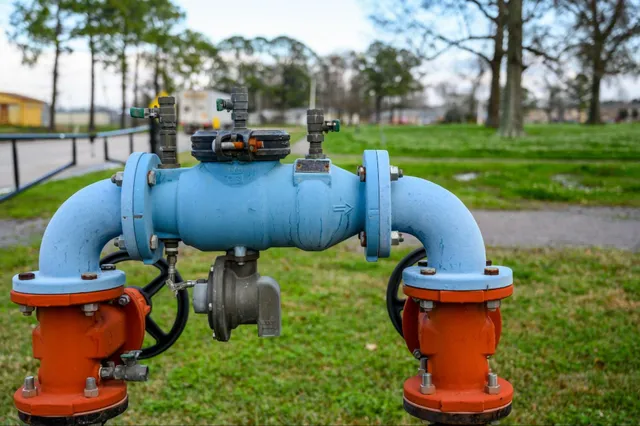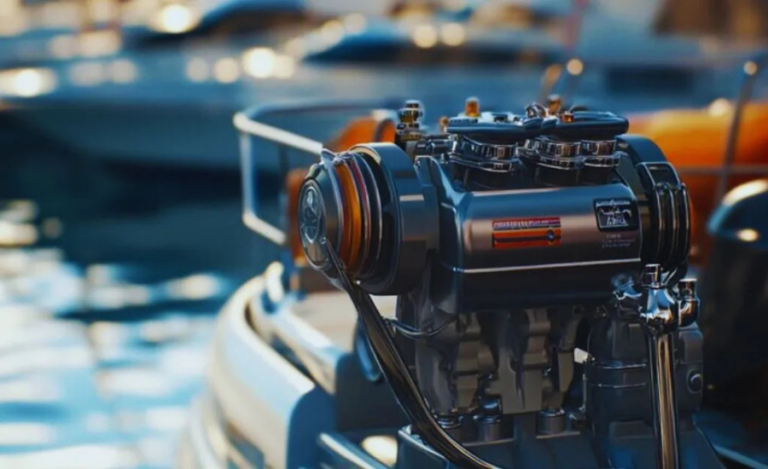A Homeowner’s Guide to Backflow Prevention
Being a homeowner, keeping the water safe should be top on your list. Water for drinking, cooking, and bathing is a necessity of your daily life, it has to be clean and reliable. Ensuring that your water supply is protected from contamination is vital for your health and well-being. Understanding backflow prevention is one crucial part of that. This article will dive into the details!
What is Backflow?
When water flows incorrectly in your plumbing, it’s called backflow. It usually occurs when water pressure falls. Imagine this: You might end up drinking dirty water. It’s a scary thought! Many things can cause backflow. You might see a sudden drop in pressure if there’s a broken pipe or heavy water use in your area. Contaminated water can flow back into your pipes when that happens. This can put you and your loved ones at serious health risk.
Why Backflow Prevention is Essential
You can prevent backflow for your health and safety. Contaminated water can also cause illnesses. People with weak immune systems, children, and older people are at particular risk.
Your plumbing can suffer damage from backflow, too. This can cause clogs, corrosion, and expensive repair. Investing in backflow prevention will prevent you from these issues and keep your home safe.
How to Prevent Backflow
Some ways you can prevent backflow are practical. Here’s what you can do:
Performing Backflow Prevention Devices Installation
The easiest way to prevent backflow is to install a backflow prevention device. Water flows in the right direction thanks to these devices. Here are a few types:
Atmospheric Vacuum Breakers (AVBs): These are great for hoses and irrigation systems to provide air entry into the line when the pressure drops.
Double Check Valve Assemblies (DCAs): These have two check valves, with one more for extra protection, and are used in both commercial and residential systems.
Reduced Pressure Zone (RPZ) Assemblies: These are best for high-risk settings like industrial settings. The pressure is lower there, where backflow would occur.
Your licensed plumber can help you pick the right device for your home. Your plumbing system will be assessed, and the best option will be recommended.
Regular Maintenance and Inspection
Regular plumbing maintenance is key to preventing costly repairs and ensuring the longevity of your plumbing system. A licensed plumber should inspect your system annually. This includes checking backflow prevention devices to ensure they’re functioning correctly and performing backflow testing to identify potential issues. By addressing minor problems before they escalate, you can save money and avoid major disruptions. Regular maintenance can also help extend the life of your plumbing system.
Protect Your Water Supply
Think about how you use water around your home. Do not connect hoses directly to chemicals or fertilizers. Such a direct pathway for contamination can be created. Instead, hook up hoses to your garden or outdoor water supply with a backflow preventer or an air gap. Also, be sure to have anti-siphon devices on your outdoor spigots. These beat back even the slightest bit of contaminated water from being drawn back into your home’s water supply. Also, it is wise not to keep any chemicals in your water source but in a safe place. If you take these precautions, your water remains safe and clean for your family.
Clean Your Gutter and Drains
Clogged gutters and drains cause water to pool in your yard. Backflow risk is increased. Get into the habit of cleaning your gutters and clearing your drains. This little step can prevent the backflow. This will allow rainwater to flow freely away from your home and away from your house. To remove leaves and debris that can block drainage, use a ladder safely. However, if you see any constant pooling, they may add downspouts or extensions to get the water further from their foundation. It provides proactive safeguards against potential backflow to your plumbing system.
Conclusion
Homeownership is all about backflow prevention. By taking simple steps, you can protect your family’s health and a safe water supply. Install backflow prevention devices, schedule maintenance, and educate your family. Now, it’s a little effort, but it will save you a lot of headaches later. With these steps in place, you have nothing to worry about with your water supply. A happy home comes with a safe one!
Keep an eye for more news & updates on Ny Heading!





